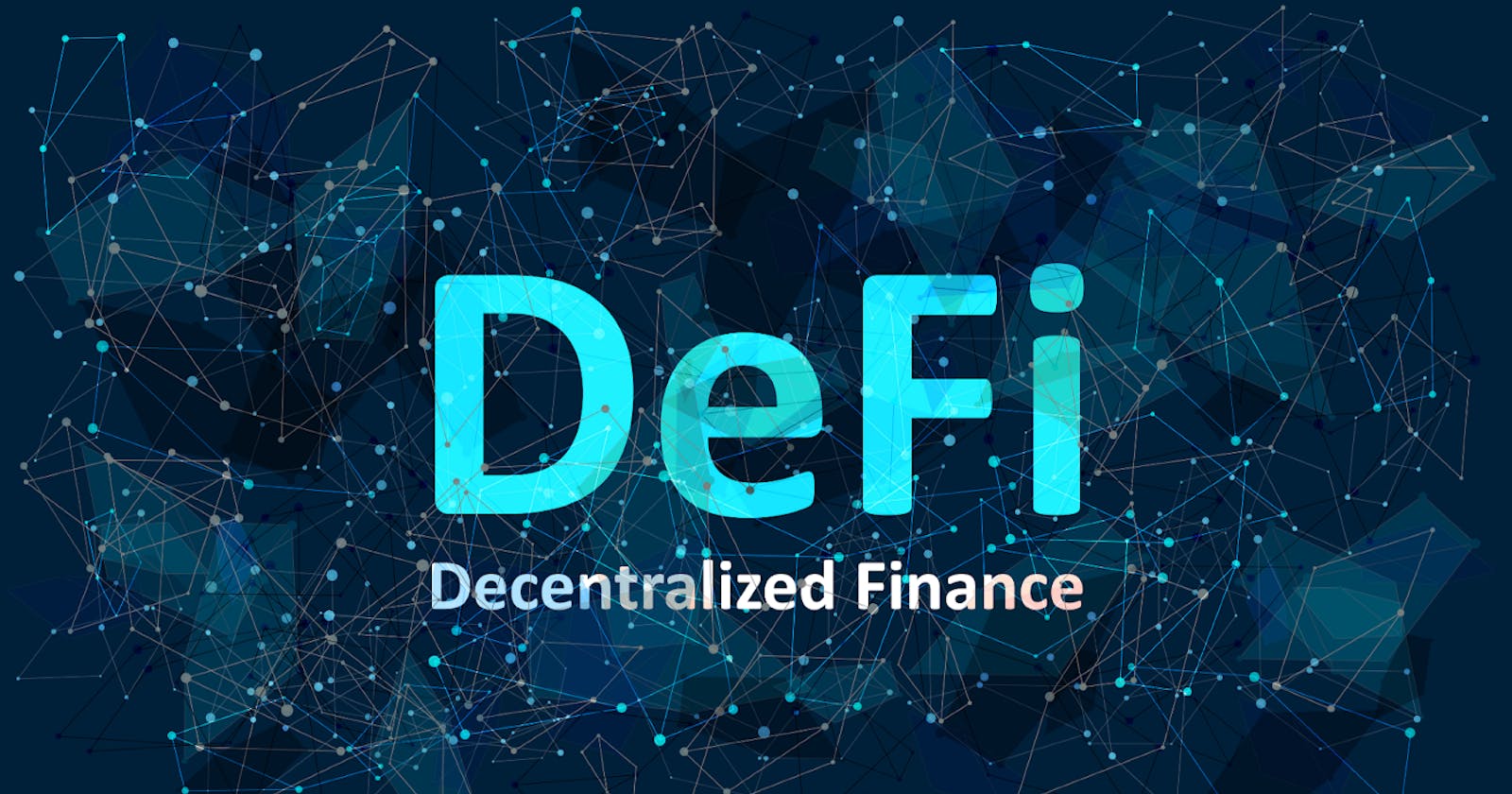Unlocking the Mysteries of Lending Protocols: How they Work and Revolutionize the Financial Industry
Lending protocols have been gaining popularity in the financial industry due to their ability to facilitate peer-to-peer (P2P) lending without the need for traditional intermediaries such as banks or financial institutions. These protocols are built on blockchain technology and use smart contracts to automate the lending process, making it more efficient and transparent.
But how exactly do these protocols work and why are they considered revolutionary? Let's dive into the inner workings of lending protocols and explore their potential to disrupt the traditional financial system.
First, let's define what a lending protocol is. In simple terms, it is a set of rules and processes that enable P2P lending on a blockchain platform. These protocols are built on top of existing blockchain networks, such as Ethereum, and use smart contracts to automate the lending process.
Smart contracts are self-executing contracts with the terms of the agreement between the borrower and lender being directly written into lines of code. This means that the terms of the loan, including the interest rate, repayment schedule, and collateral, are all agreed upon and encoded in the contract.
Once the terms of the loan are agreed upon and the contract is executed, the funds are transferred from the lender to the borrower's wallet. The repayment schedule and interest payments are also automatically enforced by the smart contract.
One of the main advantages of lending protocols is their ability to facilitate P2P lending without the need for intermediaries, such as banks or financial institutions. This not only reduces the cost of borrowing but also provides more options and flexibility for both borrowers and lenders.
Additionally, because lending protocols are built on blockchain technology, they offer a high level of transparency and security. All transactions are recorded on the blockchain, making them easily verifiable and immutable. This ensures that the terms of the loan are enforced and reduces the risk of fraud or default.
Furthermore, lending protocols enable decentralized lending, which means that the lending process is not controlled by any central authority. This allows for a more open and inclusive lending market, where anyone can participate as a borrower or lender.
In conclusion, lending protocols are a revolutionary technology that has the potential to disrupt the traditional financial system by facilitating P2P lending and providing a more efficient, transparent, and secure lending process. As the adoption of these protocols continues to grow, we can expect to see more and more lending happening on the blockchain and the traditional intermediaries being replaced by smart contracts.
